Small decorative objects may seem like a mere afterthought in the realm of home decor, but they play a pivotal role in adding personality and warmth to our living spaces. Having spent countless weekends curating my own collection, I can attest to the charm these little pieces bring. In this comprehensive guide, we will dive deep into everything you need to know about small decorative objects of no particular value—exploring their significance, tips for choosing them, and how they can enrich your home environment.
Understanding the Appeal of Small Decorative Objects
What is it about small decorative objects that captivates our hearts? These items often serve as conversation starters, evoke fond memories, or simply add a touch of whimsy to our surroundings.
The Emotional Connection to Decor
Many of us have cherished memories associated with decorative objects—from the tiny porcelain figurine gifted by a grandparent to the quirky knick-knack found at a local thrift store. These pieces carry stories, emotions, and a sense of nostalgia.
Creating Atmosphere with Small Items
Small decorative objects have the power to transform a room’s atmosphere. Whether it’s a vintage clock that harks back to a bygone era or a vibrant ceramic bowl that brightens up a coffee table, these items can change the entire vibe of a space.
Benefits of Incorporating Small Decorative Objects
Aside from their aesthetic value, small decorative objects offer numerous benefits:
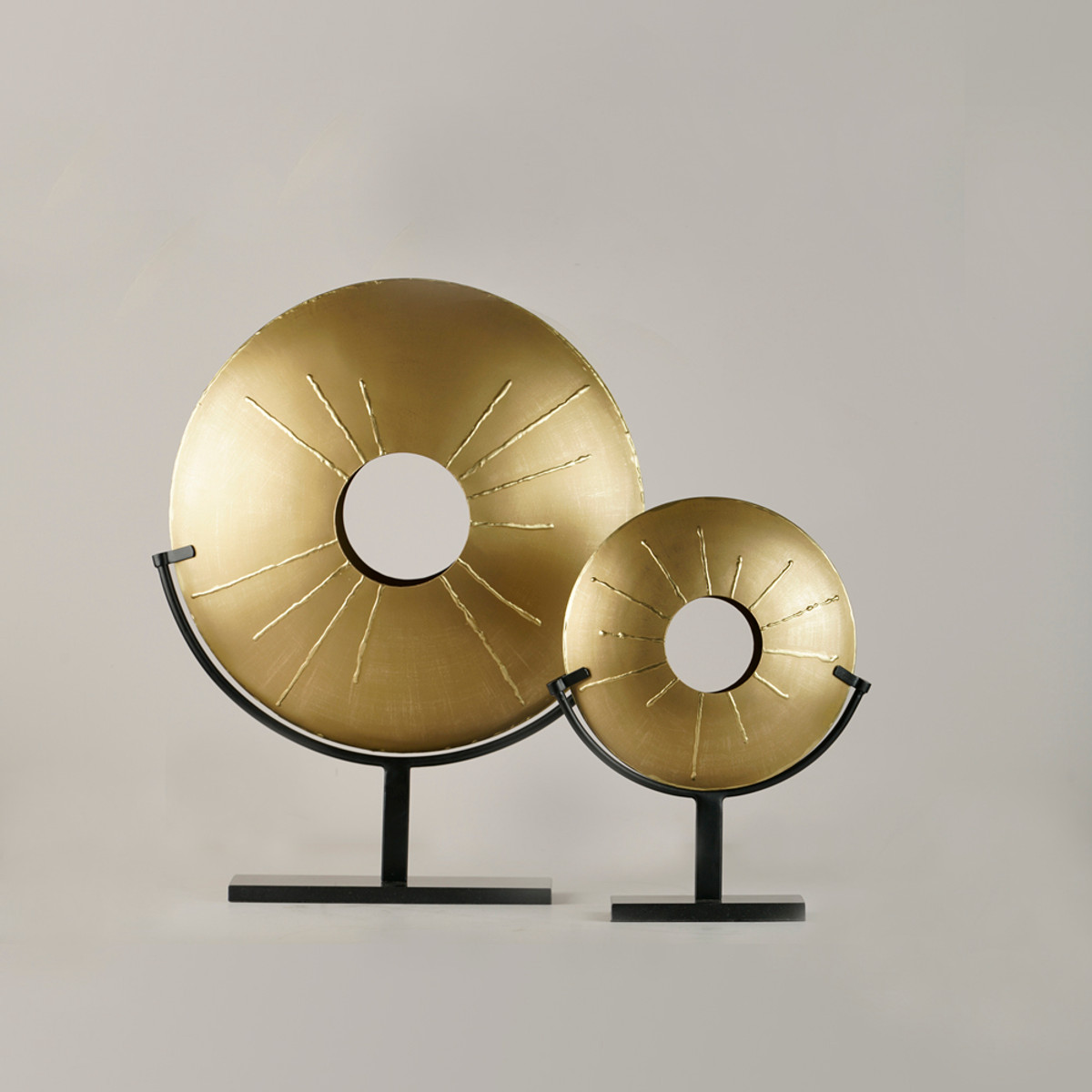
- Personalization: They allow you to express your unique style and preferences.
- Versatility: They can be easily moved around and rearranged, keeping your decor fresh without significant effort.
- Affordability: Many small decorative objects are budget-friendly, allowing for creative expression without breaking the bank.
- Dimension and Texture: They add layers to your decor, enhancing visual interest through varied shapes and materials.
Choosing the Right Small Decorative Objects
Selecting small decorative items can be a delightful yet daunting task. Here are some key tips to guide your choices:
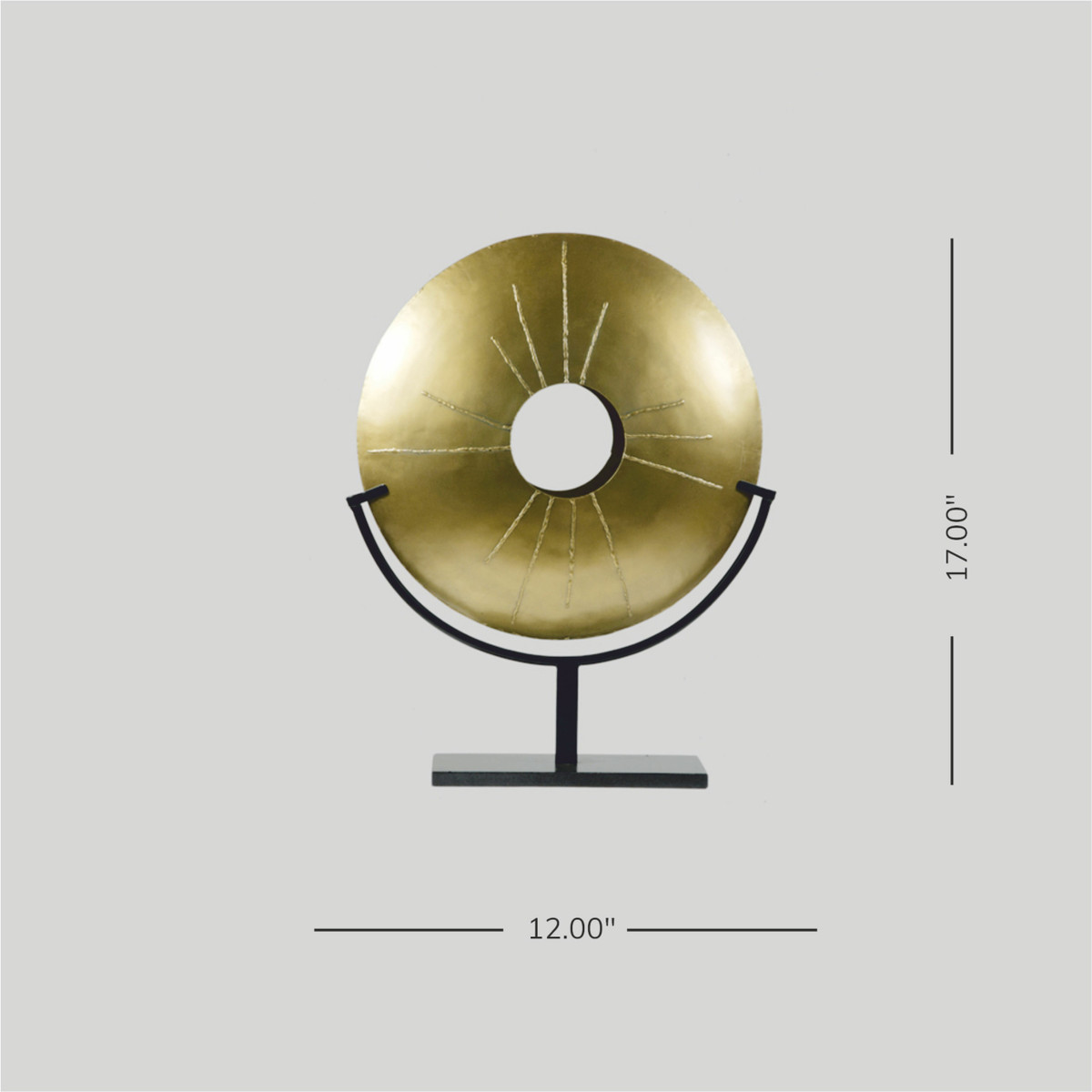
1. Assess Your Space
Before diving into shopping, take a moment to evaluate your existing decor. Look for gaps that could be filled with decorative pieces.
2. Consider Your Style
Your decorative objects should harmonize with your personal style—be it modern, rustic, eclectic, or minimalist. Choose items that resonate with you.

Popular Decorative Styles
| Style | Description | Small Decorative Objects Examples |
|---|---|---|
| Modern | Sleek lines and minimal ornamentation | Geometric vases, abstract sculptures |
| Rustic | Natural materials and earthy colors | Wooden carvings, metal lanterns |
| Eclectic | Mix of various styles and cultures | Colorful trinkets, mismatched frames |
| Minimalist | Focus on simplicity and functionality | Single flower vases, monochrome objects |
3. Balance and Proportion
When arranging small decorative objects, consider their size and how they fit into the larger context of your decor. Group similar items together for a cohesive look.

4. Mix and Match Materials
Combining different materials can create an engaging visual contrast. Try pairing ceramic with glass, metal, or wood to add depth to your display.
Where to Find Small Decorative Objects
There are countless places to discover charming small decorative objects. Here’s a list of some of my favorite sources:
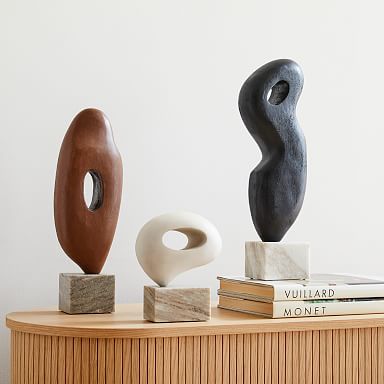
1. Thrift Shops and Flea Markets
These treasure troves are perfect for finding unique items with character. You might stumble upon vintage finds that tell a story.
2. Online Marketplaces
Websites like Etsy, eBay, and Amazon offer a plethora of choices, ranging from handmade to mass-produced decorative pieces.
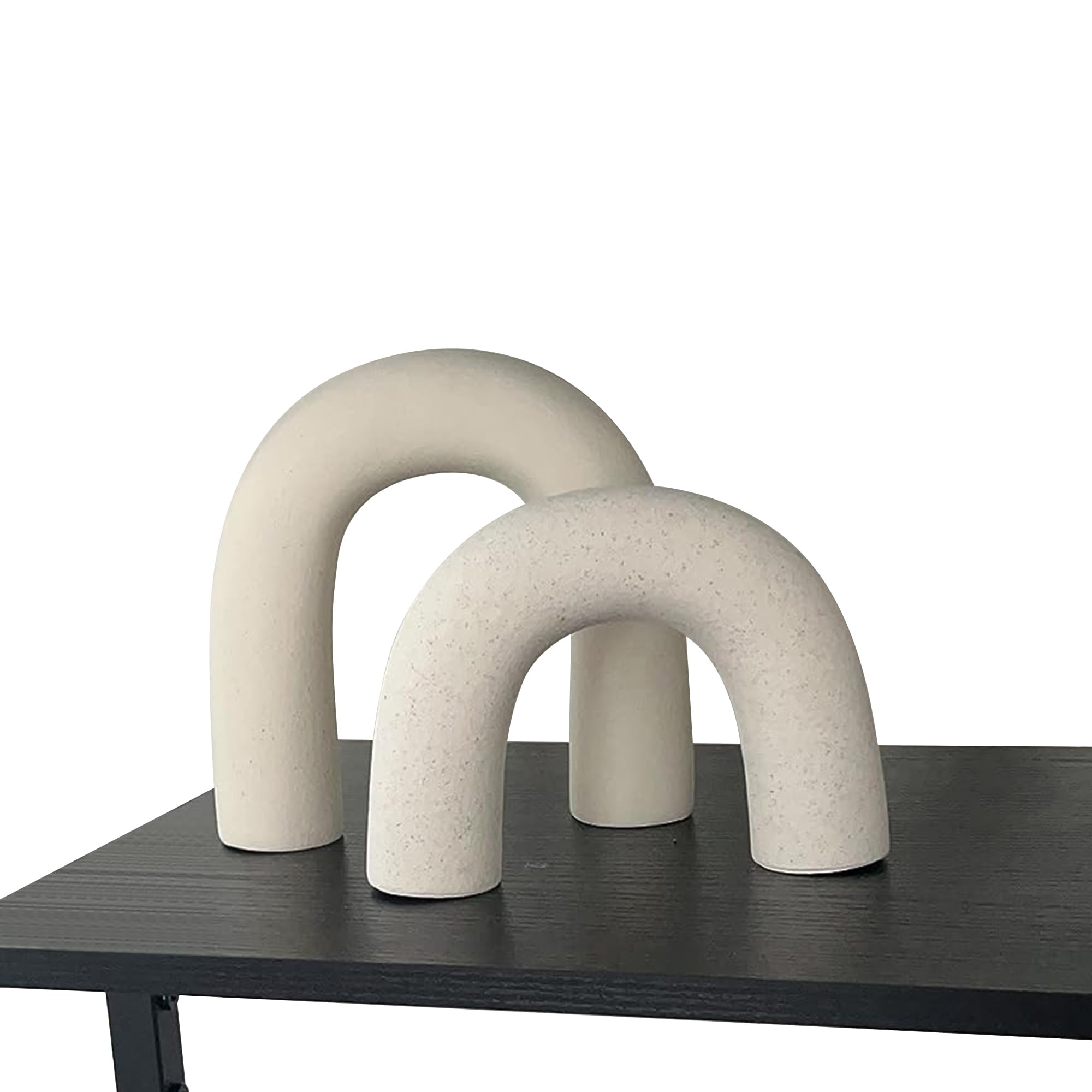
3. Local Artisans and Craft Fairs
Supporting local artisans not only net you one-of-a-kind items but also fosters community involvement.
4. Home Decor Stores
Retailers like HomeGoods, Target, and IKEA feature a wide variety of decorative objects at reasonable prices.
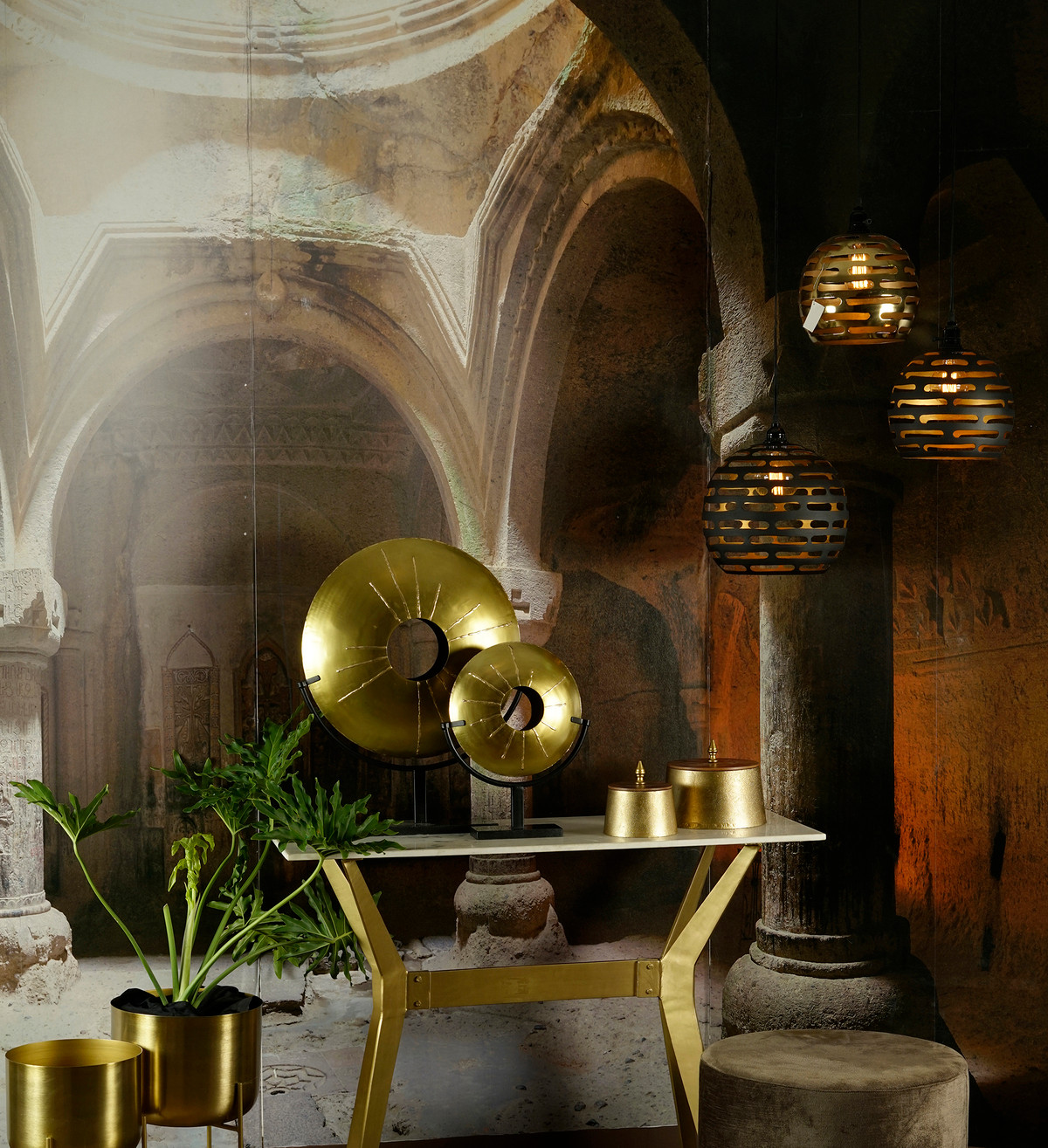
Tips for Displaying Small Decorative Objects
Once you’ve gathered your collection, the next step is to display them thoughtfully. Here are some strategies:
1. Create Vignettes
A vignette is a small grouping of objects that tells a story. Use different heights and shapes to create interest.
Steps to Create a Vignette:
- Choose a theme or color scheme.
- Select a variety of objects in different heights.
- Arrange items in a way that feels balanced yet dynamic.
2. Utilize Shelving
Open shelves provide an excellent opportunity to showcase your decorative items. Mix larger objects with smaller ones for a layered effect.
3. Experiment with Scale
Incorporate both small and larger decorative pieces to create visual contrast. For instance, pairing a small sculpture next to a large book can be visually appealing.
4. Change It Up Regularly
Don’t be afraid to swap out decorative items periodically. Changing your displays can breathe new life into your space.
Pros and Cons of Small Decorative Objects
Like anything, small decorative objects have their advantages and disadvantages. Here’s a quick overview:
| Pros | Cons |
|---|---|
| Add personality to spaces | Can accumulate and create clutter if not managed well |
| Inexpensive ways to refresh decor | May require regular dusting and maintenance |
| Easy to personalize and change | Some items may not stand the test of time |
Conclusion: The Joy of Small Decorative Objects
Small decorative objects, while often overlooked, have the unique ability to add depth, personal expression, and character to our homes. By thoughtfully integrating these pieces into your space, you not only celebrate your personal style but also create an inviting atmosphere for yourself and your guests. So next time you stumble upon a charming little object, consider how it might bring joy to your everyday environment.
FAQs About Small Decorative Objects
What are some popular types of small decorative objects?
Some popular types include figurines, vases, candles, picture frames, and botanical accents. Each type offers a different way to enhance your decor.
How can I keep my small decorative objects organized?
Use trays or baskets to corral smaller items and keep them organized. Regularly assess your collection, removing pieces that no longer fit your decor.
Are there DIY options for small decorative objects?
Absolutely! Consider creating your own decorative items using materials like wood, clay, or repurposed materials. DIY projects can result in unique and meaningful pieces.
Can small decorative objects work in a minimalist decor style?
Yes! In a minimalist setting, opt for a few carefully chosen pieces that are functional and aesthetically pleasing. Quality over quantity is key here.
How do I clean and maintain small decorative objects?
Use a soft, dry cloth to dust regularly. For items with intricate details, consider using a small brush to reach tight spaces. Follow specific care instructions for delicate materials.